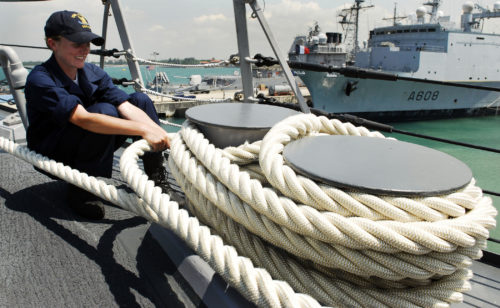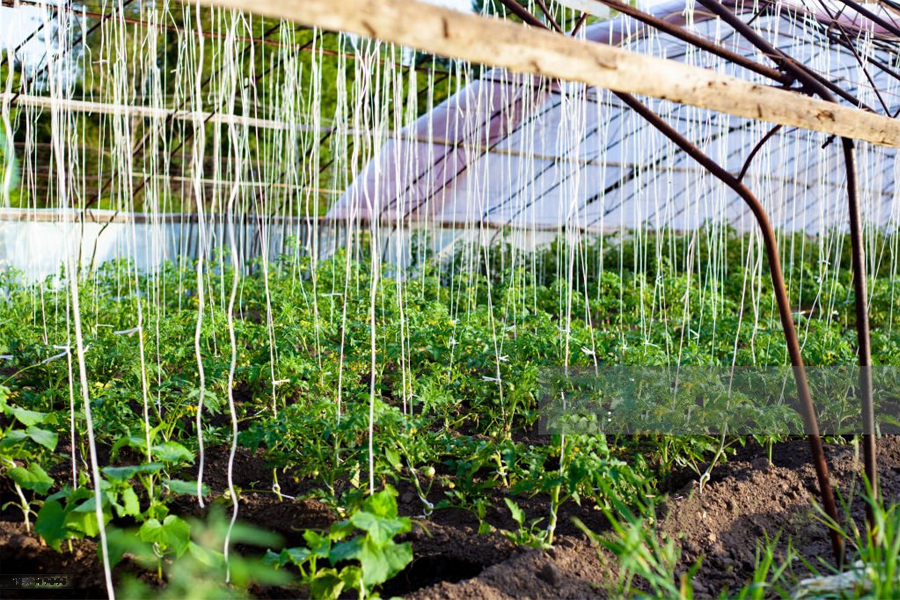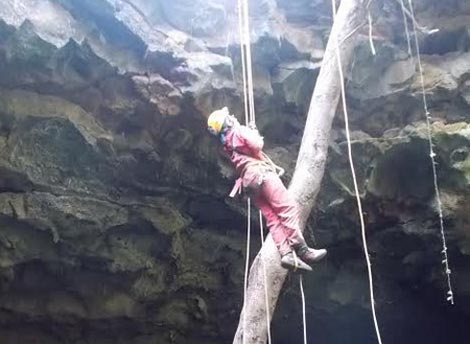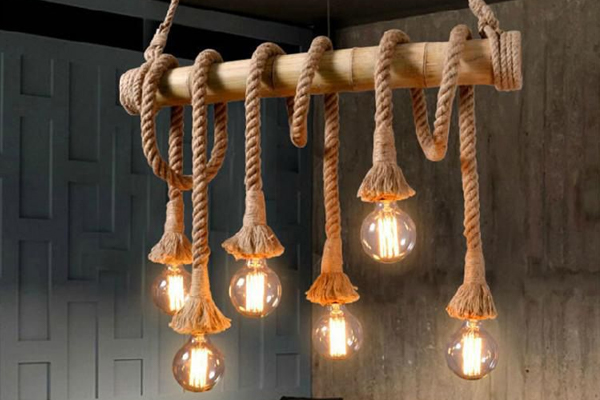Ropes are widely used tools in various aspects of life and find applications across numerous industries and sectors. Below are some fields and sectors that extensively use ropes:
Detail
Fishing and maritime activities represent the most significant sector where ropes are extensively used. Ropes are employed for various purposes such as anchoring ships, tensioning sails, and rigging fishing nets. This industry typically requires large-diameter and high-tensile-strength ropes to ensure secure usage in tasks demanding heavy lifting, such as anchoring ships and hauling nets. Additionally, due to the harsh marine environment and challenging weather conditions, ropes used in this sector need to be rigid and resistant to a certain degree of abrasion to ensure safety and effectiveness during operations.

Pic1: Rope for fishing - marine
Traditional agriculture used to involve limited use of ropes, but nowadays, most agricultural practices rely on ropes to enhance production efficiency. Ropes are employed for various purposes such as tying straw bales in rice farming, creating trellises for crops with climbing stems, providing support for banana trees or perennial crops like durian, lychee, rubber trees, and serving as greenhouse structures in greenhouse or aquaponics systems. It can be said that ropes are widely applied in the agricultural sector. The characteristics of ropes in agriculture include small, strong, and durable fibers, meeting criteria for material quality, strength, load-bearing capacity, resistance to wear and chemical resistance, flexibility and elasticity, weather resistance, and, finally, cost-effectiveness to ensure high-efficiency farming at a low cost.

Pic2: Rope for agriculture
From ancient times to the present day, the construction industry has extensively utilized ropes in various tasks, from the construction of the Egyptian pyramids, where ropes were used to pull each stone block, to modern-day skyscrapers. Ropes are primarily used in construction to transport building materials, often in conjunction with pulley systems to create a simple mechanical advantage. Additionally, ropes can serve as safety lines to protect workers during construction. The characteristics of ropes in the construction industry include robustness, coarseness, and high rigidity. Moreover, ropes in construction are often accompanied by pulleys or hanging hooks, requiring the ropes to have good friction resistance, limiting the likelihood of fraying, wear, and snagging. It is essential to regularly inspect the safety of ropes when used in construction to ensure the safety of workers.

Pic3: Rope for construction
Rope usage in the field of geological exploration is similar to that in the construction industry. Ropes are primarily used to transport resources beneath the Earth's surface, lift equipment, and secure safety lines for workers in geological mining. The characteristics of ropes used in geological exploration require high load-bearing capacity, excellent abrasion resistance, and the ability to withstand the harsh conditions of the weather. Additionally, due to the specific environment of geological exploration, which may include high temperatures, ropes need to ensure good heat resistance.

Pic4: Rope for Geological Exploration
Versatility is perhaps the most diverse and commonly encountered category of rope usage in daily life.

Pic5: Rope for decoration
In summary, the above are some areas in daily life where ropes are applied. Additionally, there are many other fields with high demand for rope usage. It can be said that ropes are increasingly becoming an indispensable tool both in daily life and in various professions. Customers with the need for ropes can find more information here "PRODUCTS"